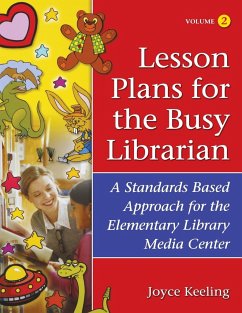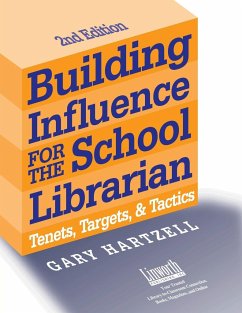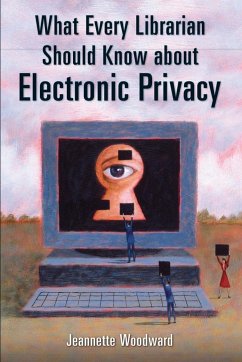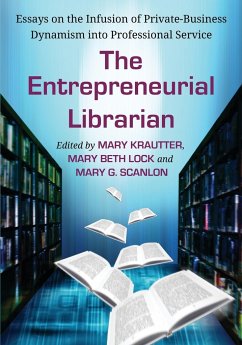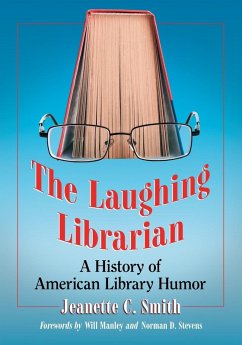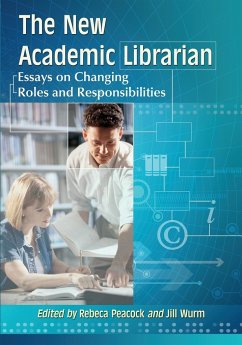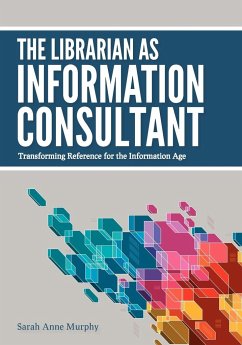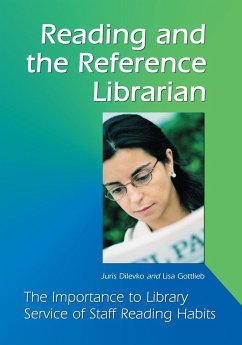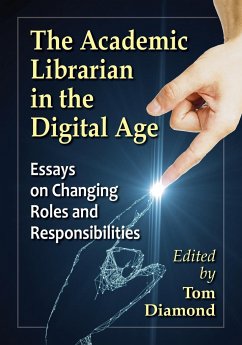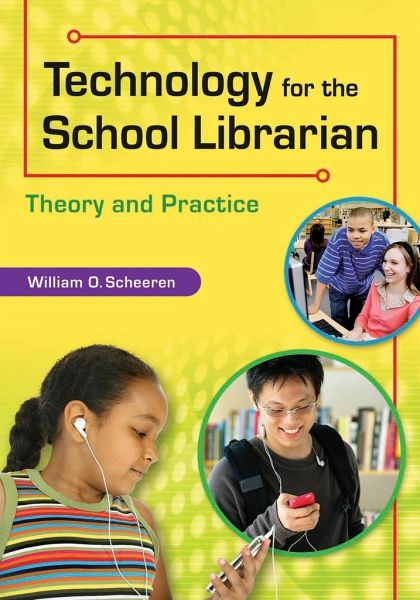
Technology for the School Librarian
Theory and Practice

PAYBACK Punkte
26 °P sammeln!
The world of the school librarian has changed significantly over the past ten years with the proliferation of technology into all phases of education; this book attempts to address these issues. What does a school librarian need to know about technology? Technology for the School Librarian: Theory and Practice is an introduction to all aspects of technology in the school library and provides a starting point for further study of this wide-ranging-and critically important-field. The only book that addresses both the theoretical and the practical aspects of the subject, Technology for the School...
The world of the school librarian has changed significantly over the past ten years with the proliferation of technology into all phases of education; this book attempts to address these issues. What does a school librarian need to know about technology? Technology for the School Librarian: Theory and Practice is an introduction to all aspects of technology in the school library and provides a starting point for further study of this wide-ranging-and critically important-field. The only book that addresses both the theoretical and the practical aspects of the subject, Technology for the School Librarian is organized into 13 chapters describing the most vital topics in technology for school librarians. Within these chapters, school librarians (whether practicing or prospective) will be introduced to the practical aspects of technology in the school library and presented with a theoretical framework that will allow them to continue their research and learning. Case studies facilitate understanding, as do the study questions included with each chapter.



